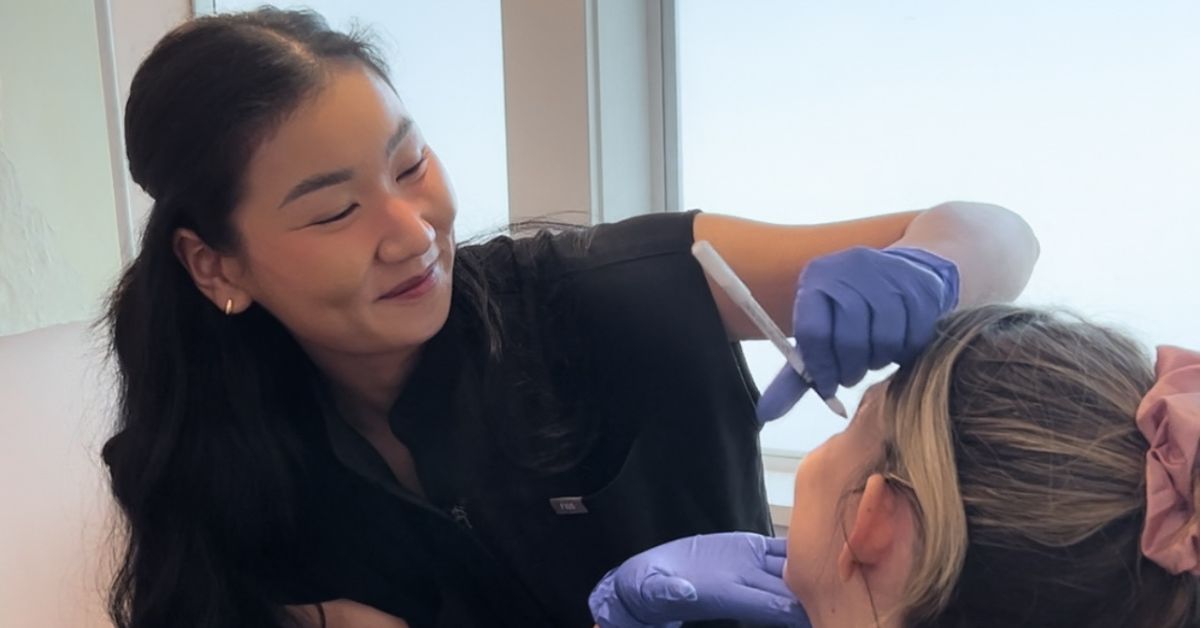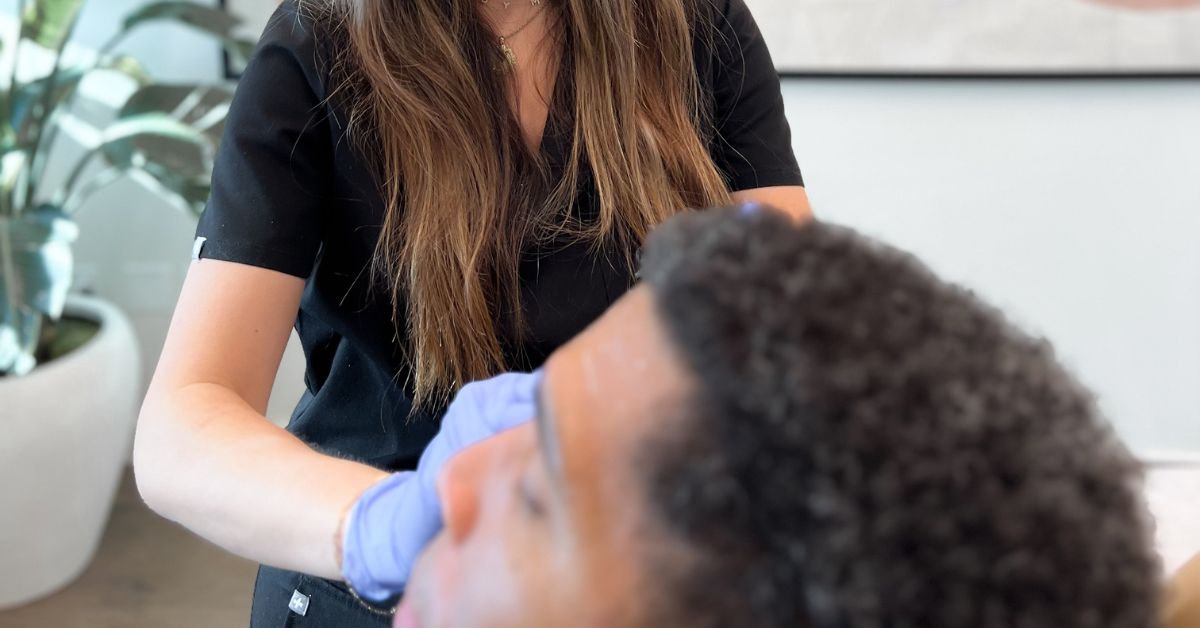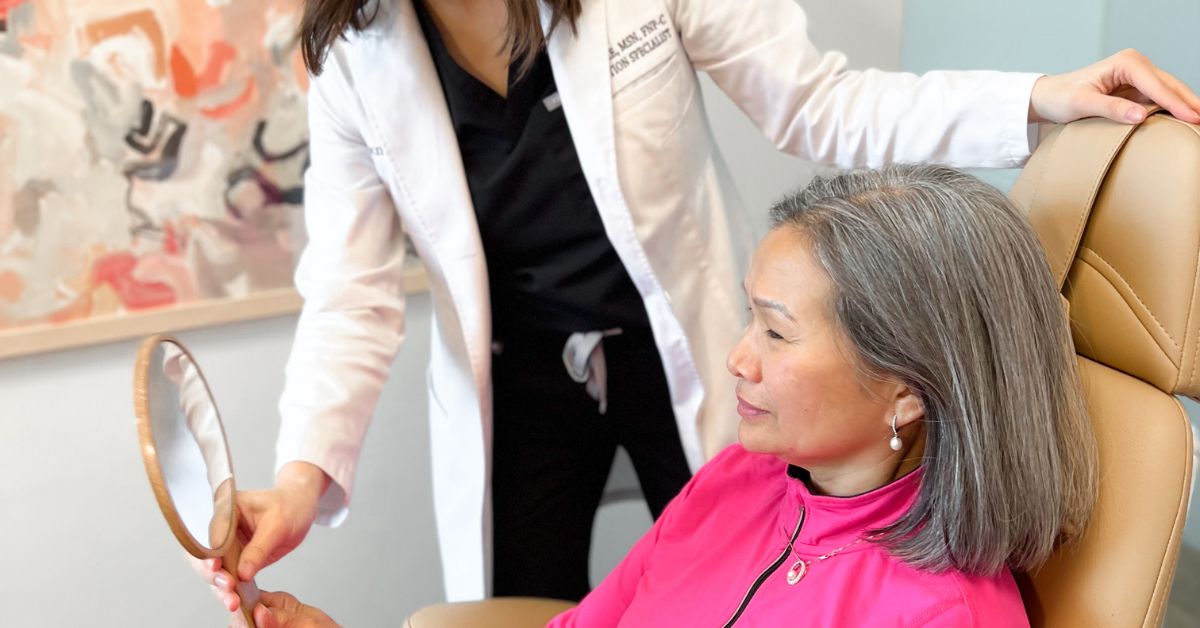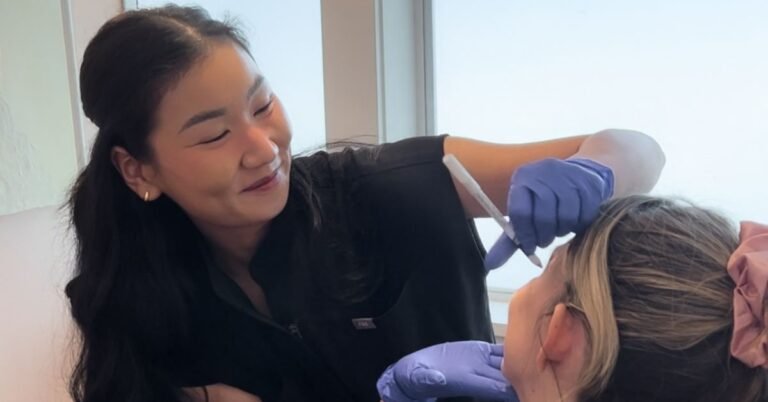
Botox is often associated with cosmetic surgery, but its benefits extend far beyond the smoothing of wrinkles. This versatile treatment has gained recognition in the medical field for treating a variety of health problems. From managing chronic pain to treating overactive sweat glands, Botox offers relief for conditions that affect everyday life. If you’ve ever wondered about the therapeutic uses of Botox, this guide explores medical concerns that Botox can help with, highlighting its effectiveness and versatility.
Relief from chronic migraine
One of the most well-known medical uses of Botox is for chronic migraines. Patients who experience headaches for more than 15 days a month often find significant relief with this treatment. Botox works by relaxing muscles and blocking pain signals to the brain, reducing the frequency and severity of migraines. Regular injections every 12 weeks can provide long-lasting benefits, improving the quality of life for those struggling with debilitating headaches. This treatment is especially effective for people who have not responded to other treatments.
Excessive sweating (hyperhidrosis)
Botox is an FDA-approved treatment for hyperhidrosis, a condition characterized by excessive sweating. By blocking the nerves that stimulate the sweat glands, Botox significantly reduces sweating in targeted areas such as the armpits, palms or feet. The results usually last for six months, providing relief to those who find this condition bothersome or bothersome. Botox offers a minimally invasive alternative to surgical treatments, making it a popular choice for hyperhidrosis management.
Overactive bladder
For people with an overactive bladder, Botox can provide the relief they need. This condition causes frequent, sudden urges to urinate, often resulting in leakage. Botox injections into the bladder muscle help relax it, increasing its storage capacity and reducing the urge to urinate. This treatment is especially useful for patients who have not responded to other medications. Regular Botox injections can improve bladder function and restore self-confidence.
Muscle spasms
Botox is highly effective in treating muscle spasms caused by neurological conditions such as multiple sclerosis or cerebral palsy. By blocking the nerve signals that cause involuntary muscle contractions, Botox helps relax stiff or spastic muscles. This reduces pain and improves mobility, allowing patients to perform daily activities with greater ease. The targeted nature of Botox injections ensures that only the affected muscles are treated, minimizing side effects.
Cervical dystonia
Cervical dystonia, a painful condition that causes involuntary contractions of the neck muscles, is another medical concern treated with Botox. These contractions often lead to abnormal head positions and discomfort. Botox injections work by temporarily relaxing overactive muscles, reducing pain and improving posture. Relief usually lasts for three to four months, making it a convenient treatment option for patients dealing with this chronic condition.


Lazy Eye
Strabismus, or lazy eye, occurs when the eyes are misaligned due to muscle imbalance. Botox is an effective treatment that temporarily weakens the stronger muscle, allowing the weaker muscle to realign the eye. This can improve coordination and vision while reducing strain. For patients looking for a non-surgical option to correct lazy eye, Botox offers a minimally invasive solution with noticeable results.
Temporomandibular joint (TMJ) disorder.
Botox has become a popular treatment for TMJ disorder, which causes pain and tension in the jaw. Injected into the jaw muscles, Botox helps relax them, relieving pain and reducing symptoms such as teeth grinding or jaw clenching. This treatment also minimizes the risk of further tooth damage caused by excessive grinding. Patients often report improved comfort and better sleep after Botox treatment for TMJ.
Bell’s palsy
Botox can be used to treat Bell’s palsy, a condition that causes temporary paralysis of the face. In this case, Botox is often injected into the unaffected side of the face to relax overactive muscles and restore symmetry. On the affected side, it can help reduce unwanted facial spasms. This dual approach improves facial appearance and function, enhancing the quality of life of patients with Bell’s palsy.
Chronic Pain Management
Botox is increasingly being used to manage chronic pain conditions, including neck and back pain. By blocking pain signals and relaxing tight muscles, Botox provides relief for persistent discomfort. This treatment is particularly effective for pain caused by overuse or muscle tension, allowing patients to regain mobility and reduce dependence on painkillers. Results usually last for several months, providing a long-term solution to chronic pain.
Excessive saliva (salorrhea)
Drooling, or excessive salivation, is a common concern for people with neurological conditions such as Parkinson’s disease. Botox injections into the salivary glands reduce saliva production, helping patients manage this condition. This treatment improves hygiene and reduces the risk of skin irritation, making it an effective solution for both children and adults. Results are usually noticeable within a few days and last for several months.


Spasticity after stroke
Post-stroke spasticity causes muscle stiffness and involuntary movements, often making it difficult for patients to regain mobility. Botox injections target overactive muscles, relaxing them and improving flexibility. This treatment is often part of a comprehensive rehabilitation plan, helping stroke survivors regain independence and improve their quality of life.
Blepharospasm (Blepharospasm)
Blepharospasm, or uncontrollable twitching of the eyelids, can be both irritating and embarrassing. Botox provides relief by relaxing the muscles responsible for these spasms, reducing spasms and discomfort. The effects of Botox usually last three to four months, offering patients long-term relief from this condition.
Prevention of migraine after concussion
Concussions often lead to chronic migraines, and Botox can be a valuable treatment for managing these post-concussion headaches. By targeting pain pathways in the brain, Botox reduces the frequency and intensity of migraines. This non-invasive approach is particularly useful for patients looking for alternatives to drug-based treatments.
Raynaud’s disease
Raynaud’s causes the blood vessels to narrow, leading to pain and numbness in the extremities during cold weather or stress. Botox injections relax the muscles around the blood vessels, improving circulation and reducing symptoms. This treatment can greatly improve comfort for patients, especially during the colder months.
Holistic Care Support at a Camas Medspa
Medical-grade Botox is often offered at places like Camas medspa, where patients receive personalized care for both cosmetic and medical needs. These facilities provide a comprehensive approach, combining the benefits of Botox with other wellness treatments. From managing chronic pain to treating excessive sweating, medspas specialize in tailoring Botox treatments to individual conditions. Consulting with professionals at a Camas medspa ensures that patients receive expert guidance and achieve the best results for their medical concerns.
Now that you know these medical concerns that Botox can help with, it’s clear that this versatile treatment extends far beyond cosmetic applications. Whether you’re dealing with migraines, muscle spasms or TMJ, exploring Botox as a medical treatment can provide effective, non-invasive solutions tailored to your needs.
